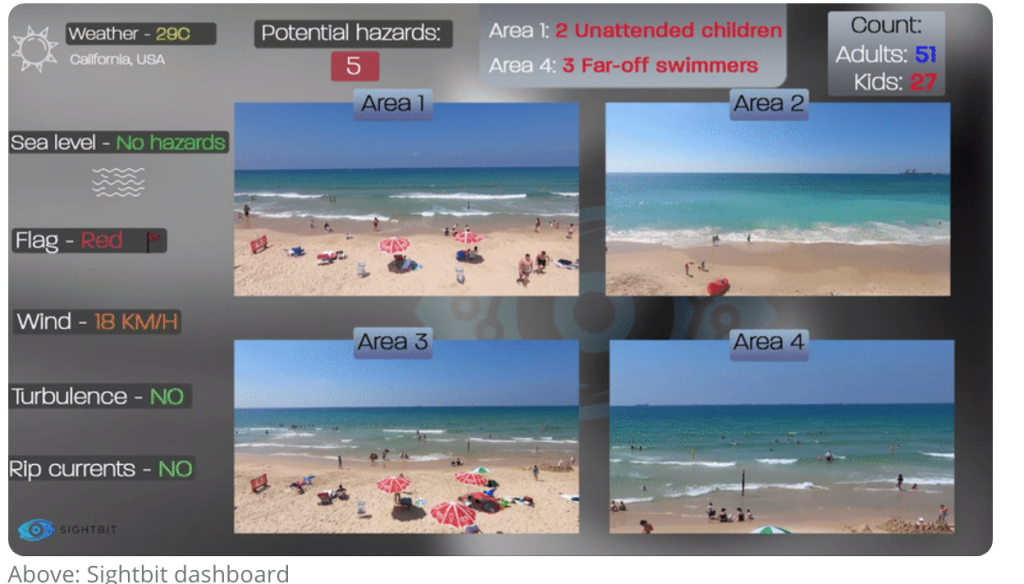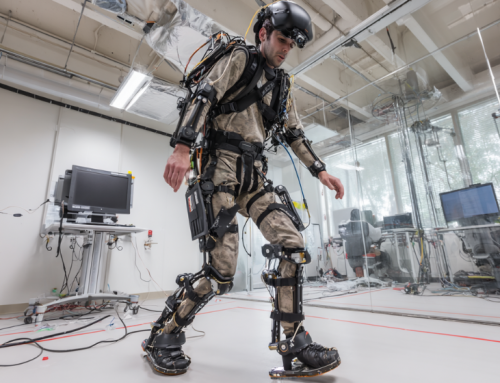
Israeli-Built Sightbit Assists Lifeguards in Stopping Drownings
Drowning is the third leading cause of accidental death in the United States, killing about 375,000 people a year, according to W.H.O. ( World Health Organization). While lifeguards are an important aspect of public swimming safety, they can’t always spot a distressed swimmer in time. Paul Sawyers wrote on venturebeat.com about how AI is being used as part of the beach lookout’s life-saving tools.
Founded in 2019, Israel-based Sightbit is a “spinout” company from Ben-Gurion University of the Negev (BGU). The public research university invests in alumni via its Cactus Capital VC fund and has provided pre-seed funding to Sightbit, which is raising additional funds as part of a seed round.
The system uses trained AI in cameras focused on areas where swimmers are prevalent and tracks them. A monitor with alerts helps lifeguards spot trouble. The program works by pairing off-the-shelf cameras with software based on deep learning and computer vision technology, along with convolutional neural networks for object detection. Sightbit cofounder and CEO Netanel Eliav said researchers trained the system on “tens of thousands of photo stills.”
Sightbit’s system rates sections of a beach using a risk assessment model that considers crowdedness and weather conditions and then estimates how many lifeguards are needed on a given day. The system issues real-time alerts for things like swimmers who appear to be struggling, while predictive analytics help lifeguards anticipate problems and respond. A single-camera can be stretched to cover roughly 1,000 feet (300 meters) of shoreline, though an area this size is typically covered by three cameras.
“Sightbit warnings appear as flashing boxes around individuals and hazards,” Eliav said. “The lifeguard can click on the alert, and then the program zooms in … and sees exactly where the alert is.”
With Sightbit, lifeguards at a command center watch swimmers the traditional way, but also respond to alerts that pop up on a screen.
“Humans aren’t optimized for sitting in a tower and tracking swimmers,” Eliav said. “It’s just not something that people are built for. For the short-term, at guarded beaches, Sightbit is simply an assistant to the lifeguard to help them do their jobs even better. No lifeguard can watch all swimmers, all the time — but Sightbit can. And lifeguards cannot always see swimmers far off to the side of the tower. But Sightbit can provide extra vantage points.”
Sightbit is just one example of AI being used on beaches. Others include the Smart Beaches project in Australia, where sensors are used to count people and note dangerous conditions, helping to clue in officials when they need more resources. Sweden has SwimEye, which uses a computer vision system that places a camera underwater in swimming pools; Israel has Coral Detection Systems, a similar type of technology.
read more at venturebeat.com







Leave A Comment